Alaskan Yellow Cedar Lumber
- July 31, 2023
- 0 comment
Alaskan Yellow Cedar, scientifically known as Chamaecyparis nootkatensis, is a highly sought-after lumber prized for its exceptional durability and beauty. Despite its name, it is not a true cedar but belongs to the cypress family.
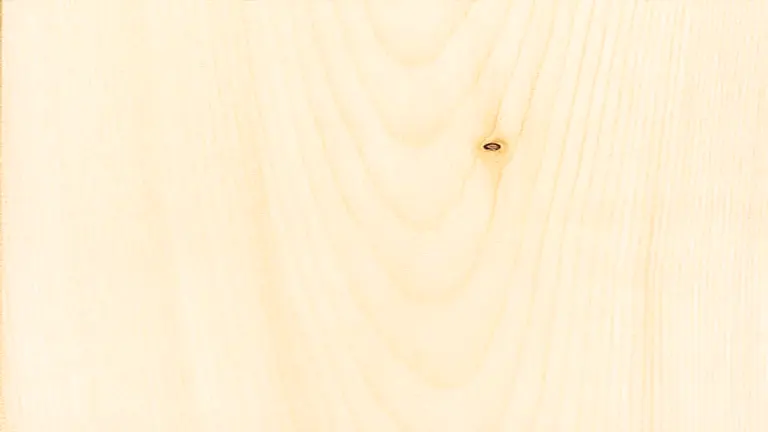
This remarkable softwood species is primarily found in the Pacific Northwest region of North America. Its golden to light yellowish-brown hue, coupled with a fine, even texture and straight grain, makes it an aesthetically pleasing option for various woodworking projects.
Beyond its visual appeal, Alaskan Yellow Cedar boasts impressive natural resistance to rot, making it ideal for outdoor applications. Additionally, it is relatively lightweight and easy to work with, making it a favorite among craftsmen and builders alike.
| Characteristic | Description |
|---|---|
| Common Name(s) | Alaskan Yellow Cedar, Nootka Cypress |
| Scientific Name | Chamaecyparis nootkatensis |
| Distribution | Pacific Northwest region of North America |
| Tree Size | Medium to large, reaching up to 150 ft (45 m) in height |
| Average Dried Weight | 25-32 lbs/ft3 (400-510 kg/m3) |
| Specific Gravity | 0.40 to 0.51 |
| Janka Hardness | 850 lbf (3,780 N) |
| Modulus of Rupture | 12,600 psi (86.9 MPa) |
| Elastic Modulus | 1,320,000 psi (9.10 GPa) |
| Crushing Strength | 6,200 psi (42.8 MPa) |
| Shrinkage | Radial: 2.5%, Tangential: 4.0%, Volumetric: 6.7% |
Characteristics
Color/Appearance
Alaskan Yellow Cedar showcases a captivating color range, starting from a warm golden hue to a lighter pale yellow when freshly cut. Over time and with exposure to sunlight, the wood darkens gracefully, deepening the color and developing a rich, honey-like tone. This color transformation is highly desirable and adds to its appeal in various applications. Additionally, the wood often exhibits subtle streaks and occasional knots, contributing to its natural beauty and character.
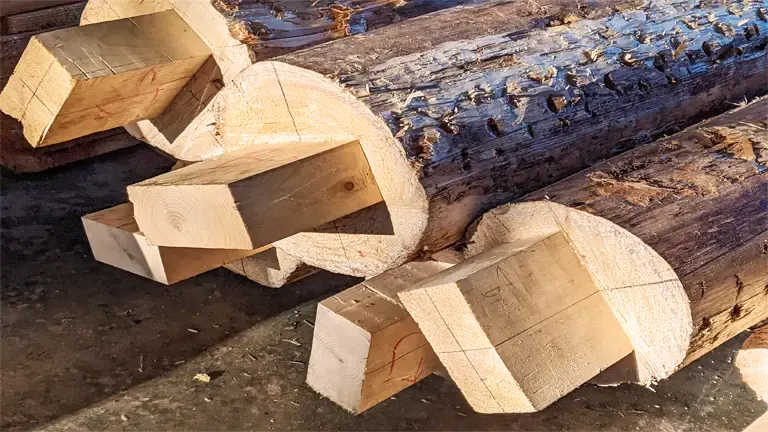
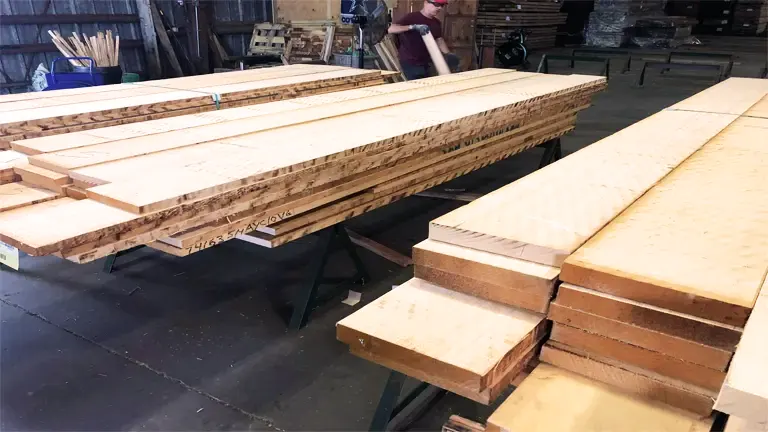
Grain/Texture
The wood features a straight and fine grain pattern, giving it a smooth and uniform texture. The straight grain makes it easier to work with, providing excellent stability during machining, planing, and sanding. The fine texture allows for a smooth finish, making it ideal for projects where a polished appearance is desired. Woodworkers appreciate Alaskan Yellow Cedar for its consistent and attractive grain patterns.
Rot Resistance
One of the most remarkable properties of Alaskan Yellow Cedar is its exceptional natural resistance to decay, rot, and insect damage. The wood contains natural oils and resins that act as preservatives, making it highly durable, even when exposed to harsh outdoor conditions. This exceptional rot resistance is what makes it a preferred choice for exterior applications like decking, siding, and boatbuilding, where wood is constantly subjected to moisture and environmental elements.
Workability
Alaskan Yellow Cedar is a joy to work with, both by hand and with machine tools. Its soft and lightweight nature allows for easy cutting, shaping, and carving. The wood responds well to hand tools, resulting in smooth surfaces and sharp details. When machining, it produces clean and precise cuts. Sanding is also a breeze, leaving a smooth and lustrous finish. However, it’s worth noting that its softness can cause some issues when nailing or screwing, as care is required to prevent splitting.
Odor
The freshly cut Alaskan Yellow Cedar emits a distinct and pleasant aroma, which is often described as spicy or cedar-like. This unique scent adds to its appeal and is particularly enjoyable for woodworkers and those working with the lumber.
Allergies/Toxicity
While Alaskan Yellow Cedar is generally considered safe to work with, some individuals may experience mild skin irritation or respiratory reactions when exposed to its sawdust. As with any woodworking project, proper safety measures, such as wearing protective gear and working in a well-ventilated area, are recommended.
Pricing/Availability
Due to its exceptional qualities and limited natural supply, Alaskan Yellow Cedar is considered a premium lumber and is relatively expensive compared to more common softwood species. Its availability may vary based on regional distribution and demand for the wood.
Sustainability
Sustainability practices are implemented in the harvesting and management of Alaskan Yellow Cedar in certain regions. Responsible forestry practices aim to ensure a consistent supply of this valuable wood while protecting the health of the surrounding ecosystems and promoting long-term sustainability.
Common Uses
Alaskan Yellow Cedar finds a wide range of applications, particularly in outdoor projects. It is commonly used for decking, siding, shingles, and outdoor furniture due to its resistance to decay and insects. The wood’s beautiful appearance and acoustic properties also make it a popular choice for musical instruments. Additionally, its workability and attractive grain patterns lend well to interior finishes like paneling and trim, adding elegance to interior spaces.
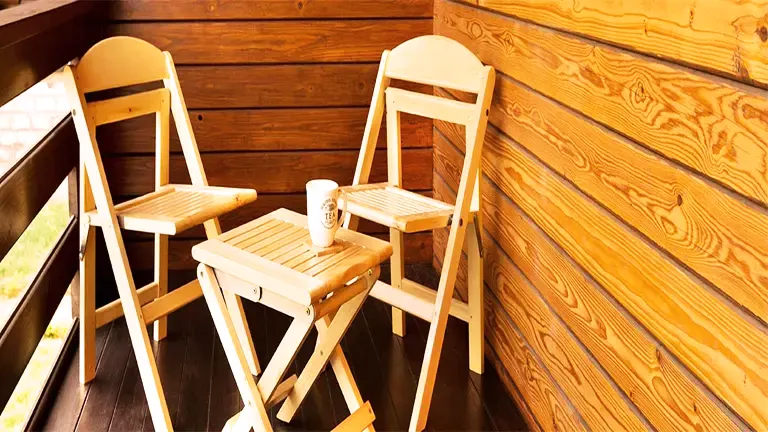
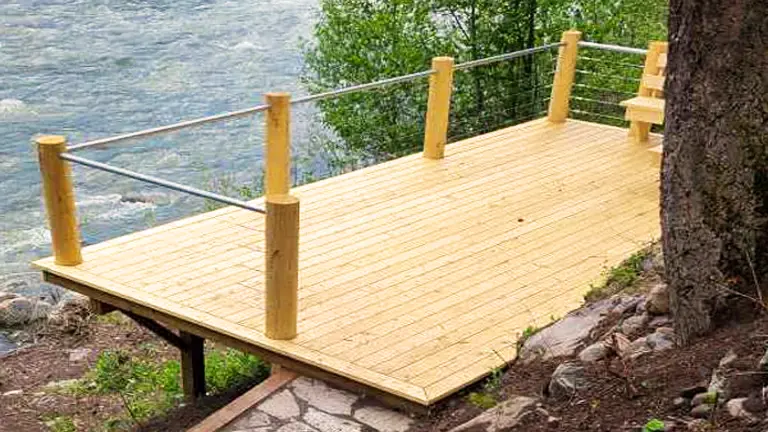
Frequently Asked Questions
- Is Alaskan Yellow Cedar a true cedar?
No, Alaskan Yellow Cedar is not a true cedar; it is a member of the cypress family. - Can Alaskan Yellow Cedar be used outdoors?
Yes, its exceptional rot resistance makes it an excellent choice for outdoor projects like decks and siding. - Is Alaskan Yellow Cedar difficult to work with?
No, it is relatively easy to work with using both hand and machine tools. - Does Alaskan Yellow Cedar have a strong odor?
The wood has a mild and pleasant scent. - Is Alaskan Yellow Cedar sustainable?
Yes, it can be sourced sustainably from well-managed forests. - What are the typical indoor applications for this lumber?
It is commonly used in cabinetry, trim work, and specialty woodworking projects indoors.
We’re eager to hear from you! Feel free to share your personal experiences and thoughts about Alaskan Yellow Cedar Lumber in the comments section below. Your input can assist fellow enthusiasts in making well-informed choices!


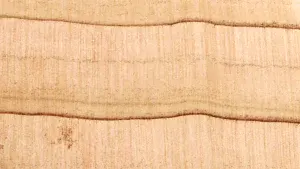
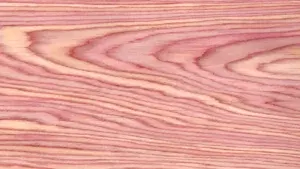
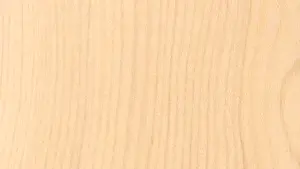
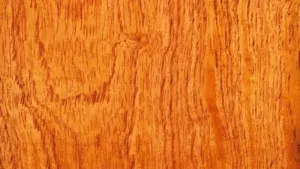
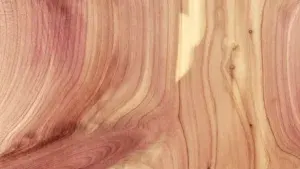
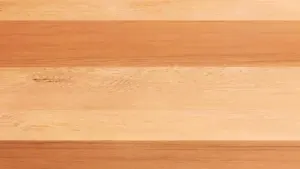
Leave your comment